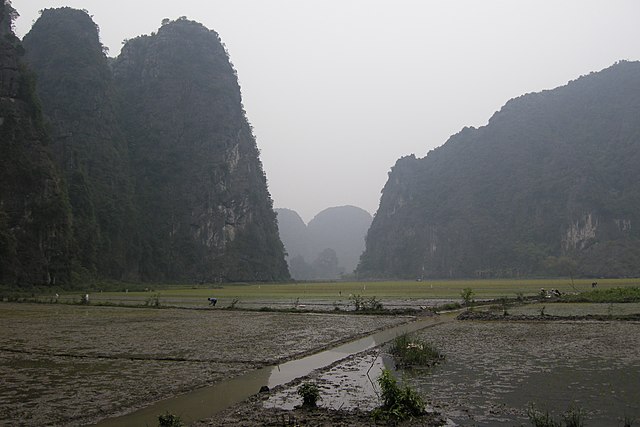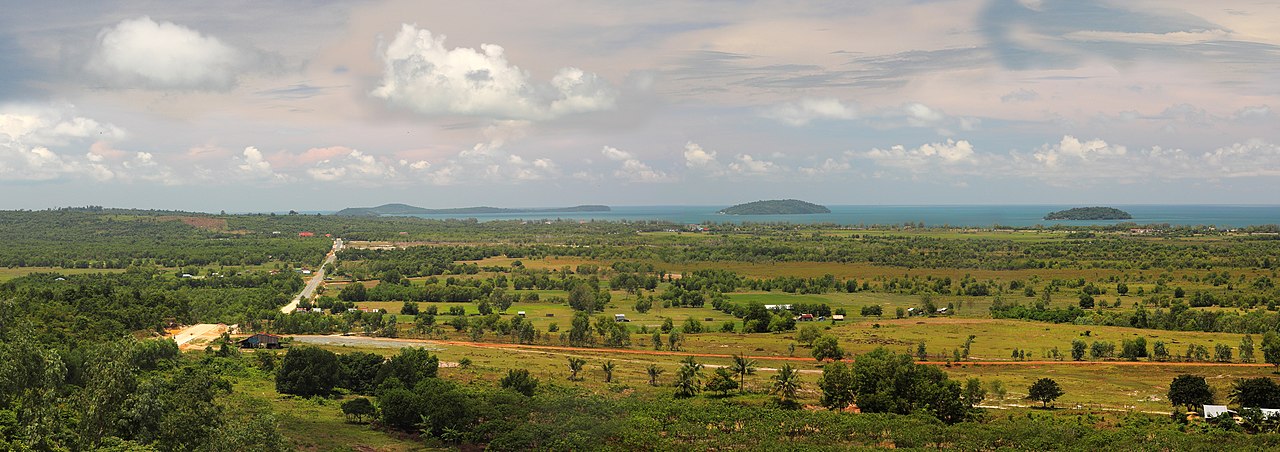
Thammasat University students who are interested in ASEAN studies, political science, history, sociology, diplomacy, economic history, and related subjects may find a newly available book useful.
Experiments with Marxism-Leninism in Cold War Southeast Asia is an Open Access book, available for free download at this link:
It is edited by Dr. Matthew Galway, a lecturer in Chinese history at The Australian National University and Dr. Marc H. Opper, an independent scholar based in Virginia in the United States of America.
The TU Library collection includes several books about different aspects of Marxism-Leninism.
As the publisher’s description explains,
One of the most contentious theatres of the global conflict between capitalism and communism was Southeast Asia. From the 1920s until the end of the Cold War, the region was racked by international and internal wars that claimed the lives of millions and fundamentally altered societies in the region for generations. Most of the 11 countries that compose Southeast Asia were host to the development of sizable communist parties that actively (and sometimes violently) contested for political power. These parties were the object of fierce repression by European colonial powers, post-independence governments and the United States. Southeast Asia communist parties were also the object of a great deal of analysis both during and after these conflicts.
This book brings together a host of expert scholars, many of whom are either Southeast Asia–based or from the countries under analysis, to present the most expansive and comprehensive study to date on ideological and practical experiments with Marxism-Leninism in Southeast Asia. The bulk of this edited volume presents the contents of these revolutionary ideologies on their own terms and their transformations in praxis by using primary source materials that are free of the preconceptions and distortions of counterinsurgent narratives. A unifying strength of this work is its focus on using primary sources in the original languages of the insurgents themselves.

A foreword by Professor Emeritus Brantly Womack, who teaches foreign affairs at the University of Virginia, states:
It is especially important to understand the revolutionary thinkers and currents of Southeast Asia because the region is so diverse and its politics moved so far in the twentieth century. Indeed, before the foundation of the Association of Southeast Asian Nations (ASEAN) in 1967, Southeast Asia was not a region but rather a collective location. Colonialism had splintered the existing order and, during the nineteenth and twentieth centuries, had forced their societies and economies to serve their various Western masters. Vietnam, Laos and Cambodia became French Indochina; Burma became part of British India; and the maritime world of Southeast Asia was split between the Dutch, the British, the Spanish and, later, the Americans. Siam (since 1939, Thailand) survived by adroit diplomacy with the encroaching British and French empires. What Southeast Asia had in common was an orientation towards Europe. It is hardly surprising that the most avant-garde Western criticism of imperialism, Marxism-Leninism, with the Soviet Union as its success story and willing teacher, became the common ideological resource of Southeast Asian revolutionaries. But each colonial and postcolonial situation was radically different from that of its neighbours and, except for Indochina, there was little connection between them. Hence the very different manifestations of revolutionary hopes and practices described in this book. The purpose of this book is not to present a coherent picture of MarxistLeninist thinking and movements in Southeast Asia, but rather the opposite. It is the diversity of the movements and their approaches that sheds light on vastly different intellectual, cultural and political situations. Some individual movements succeeded, others failed. I thank the editors and authors for bringing to life the spectrum of ideas and actions that contributed to the diverse political fabric of Southeast Asia today.
The editors add in an introduction:
The Cold War was anything but ‘cold’ in Asia, let alone Southeast Asia. US President Richard Nixon once remarked: ‘The Cold War isn’t thawing; it is burning with a deadly heat.’ Whether it was the decades long conflict in the former French Indochina or insurgencies in the Coral Triangle, Southeast Asia was a theatre for some of the twentieth century’s most defining conflicts. As is too common, the superpowers of the United States, the Soviet Union and China tend to receive the most scholarly attention. Big-power politics, détente, rapprochement and triangulation are all Cold War buzzwords that invoke memories of the period and enforce the primacy of superpower dictation of era-defining events. But aside from extant vertical analyses of the Cold War in the region, scholars have taken great strides in understanding the aetiology, processes and outcomes of conflicts in Southeast Asia during the Cold War. Scholars of Cold War Southeast Asia have shifted the paradigm towards focusing on the agency of Southeast Asian actors themselves rather than foregrounding them only insofar as they responded to the dictates of Moscow, Washington, DC, or Beijing. Initial efforts straddled the line of Cold War history from above and from below by examining how decolonisation movements across Southeast Asia and the ongoing superpower rivalry worked hand-in-glove. This volume complements this new wave of recent and forthcoming scholarship of the Cold War in Southeast Asia and stresses the agency of Southeast Asian actors over the intellectual and political forces that entered their worlds. Our focus in the pages that follow is on such forces and actors’ responses to them, whether in intellectual engagement, praxis or ongoing adaptations thereof, across peninsular and archipelagic Southeast Asia. Our volume brings together several left-wing Southeast Asian political actors who engaged with revolutionary ideology and indigenised it in theory and praxis in their respective polities. Extant scholarship has accomplished this separately, but neither across as expansive a geographic/ temporal range nor with the actors under examination as the primary focus of their respective analyses. Contributors to this volume focus on individuals and political parties as they wrestled with revolutionary ideologies in different times, different ways and different contexts. Each chapter explores the adaptations and examines how the various indigenisations took on distinct forms because of temporal, geographic and sociocultural factors. Not all the actors under analysis became avowed Marxist-Leninists or Maoists; rather, they took these ideological discourses seriously and, in varied ways, the lasting imprint of such intellectual and practical engagements was evident. In this way, our volume’s overarching theme of individual agents’ dialogic engagement with revolutionary ideologies from without, which they approached as useful tools to reverse the historical trends that exploited and oppressed them, adds to the extant historiography of and debate about Cold War narratives in its focus on a diversity of engagements with such ideologies and the resulting adaptations. The gap this volume seeks to fill is that relating to individual agency and the diversity of engagements in the process of indigenisation, as each chapter supplements and/or revises our understanding of Cold War narratives through placing primacy on Southeast Asian–language primary sources—often by the figures and parties themselves—to track such engagements. The goal, then, is to provide a fuller perspective of what these ideological discourses meant to individuals and organisations in theory and praxis across an expansive temporal scope.

(All images courtesy of Wikimedia Commons)
